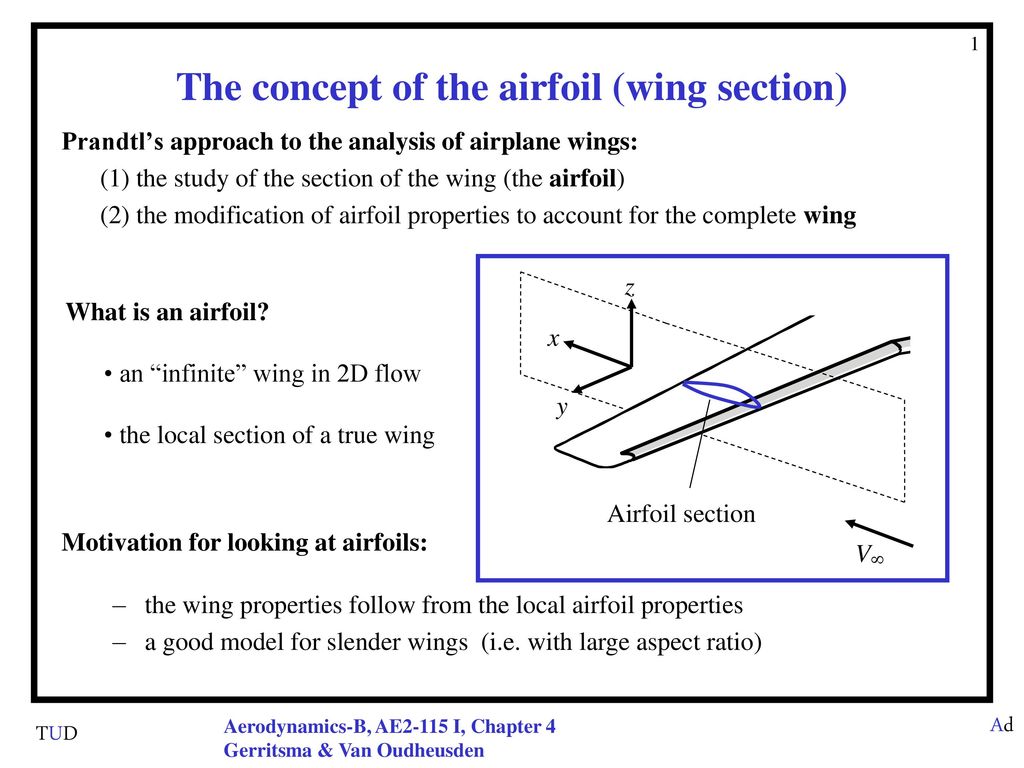

One digit describing the roundness of the leading edge with 0 being sharp, 6 being the same as the original airfoil, and larger values indicating a more rounded leading edge.The following table presents the various camber line profile coefficients:įour- and five-digit series airfoils can be modified with a two-digit code preceded by a hyphen in the following sequence: The formula for the shape of a NACA 00xx foil, with "xx" being replaced by the percentage of thickness to chord, is: y t = 5 t c , Plot of a NACA 0015 foil, generated from formula The 15 indicates that the airfoil has a 15% thickness to chord length ratio: it is 15% as thick as it is long.Įquation for a symmetrical 4-digit NACA airfoil The NACA 0015 airfoil is symmetrical, the 00 indicating that it has no camber. Four-digit series airfoils by default have maximum thickness at 30% of the chord (0.3 chords) from the leading edge. įor example, the NACA 2412 airfoil has a maximum camber of 2% located 40% (0.4 chords) from the leading edge with a maximum thickness of 12% of the chord. Last two digits describing maximum thickness of the airfoil as percent of the chord.Second digit describing the distance of maximum camber from the airfoil leading edge in tens of percents of the chord.First digit describing maximum camber as percentage of the chord.The NACA four-digit wing sections define the profile by: 1.2 Equation for a cambered 4-digit NACA airfoil.

1.1 Equation for a symmetrical 4-digit NACA airfoil.


 0 kommentar(er)
0 kommentar(er)
